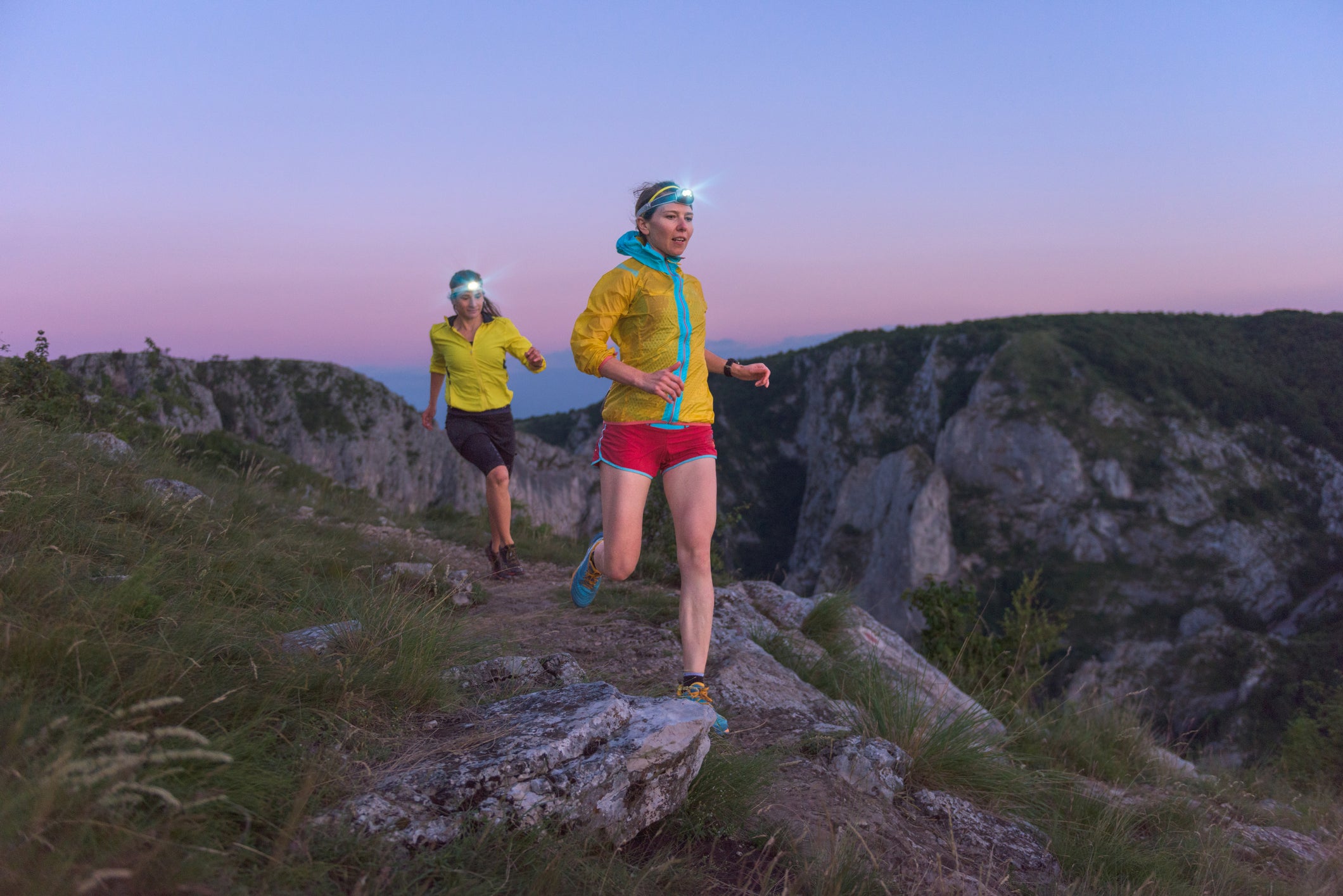Ask the Coach: Night Moves

(Photo: Getty Images)
I just discovered that a 12-hour ultra I am planning to run is now a night-time race. Any advice?
-Robin Ashton, London, ONT
Racing through the night can be a fantastic, surreal experience for a trail runner—the still night air, the stars, the solitude. The key to night running starts with being comfortable with your surroundings. Most importantly, this requires staying on course—there are few worse feelings than being lost in the middle of the night, alone. So, keep your head up, and be diligent in locating course markings.
Another key component is having a good lighting system. While pacing Bev Abbs at the 2009 Western States 100-Mile Endurance Run, I adapted her system of using a headlamp for directional light, and a diffused-beam headlamp mounted around my waist to shine at my feet. Another common method is to use a headlamp and a handheld light. Try both systems and figure out what works best for you.
Practice makes perfect, says DreamChaser’s coach Lisa Smith-Batchen. “Begin a few training runs at the time your race will start. Use these runs to test your race nutrition plan,” adds Smith-Batchen. “Running through the night, your body will feel different than in the morning.”
If you can train yourself to be a good technical night runner, you are at a huge advantage on race day. Everyone slows down in the dark, but with a little practice you can minimize time loss.